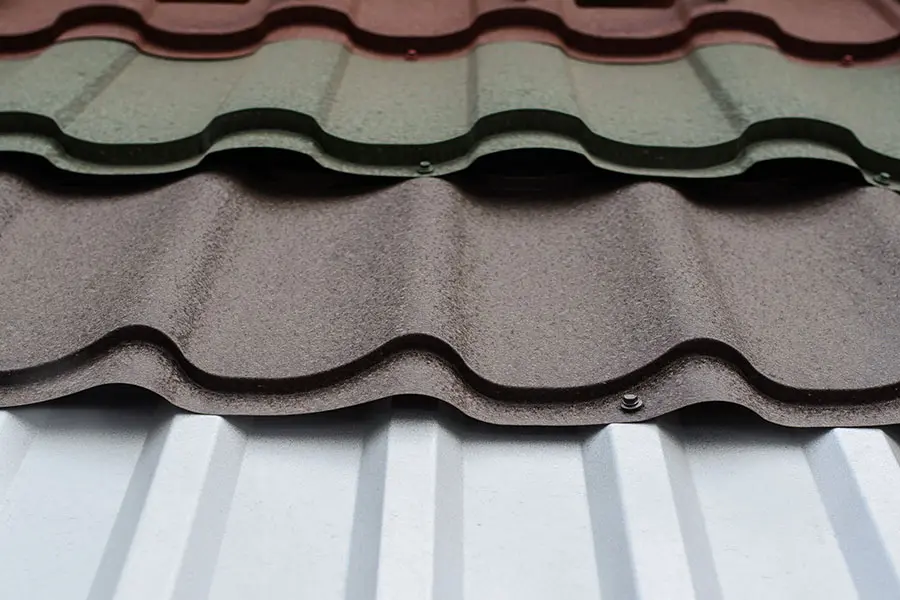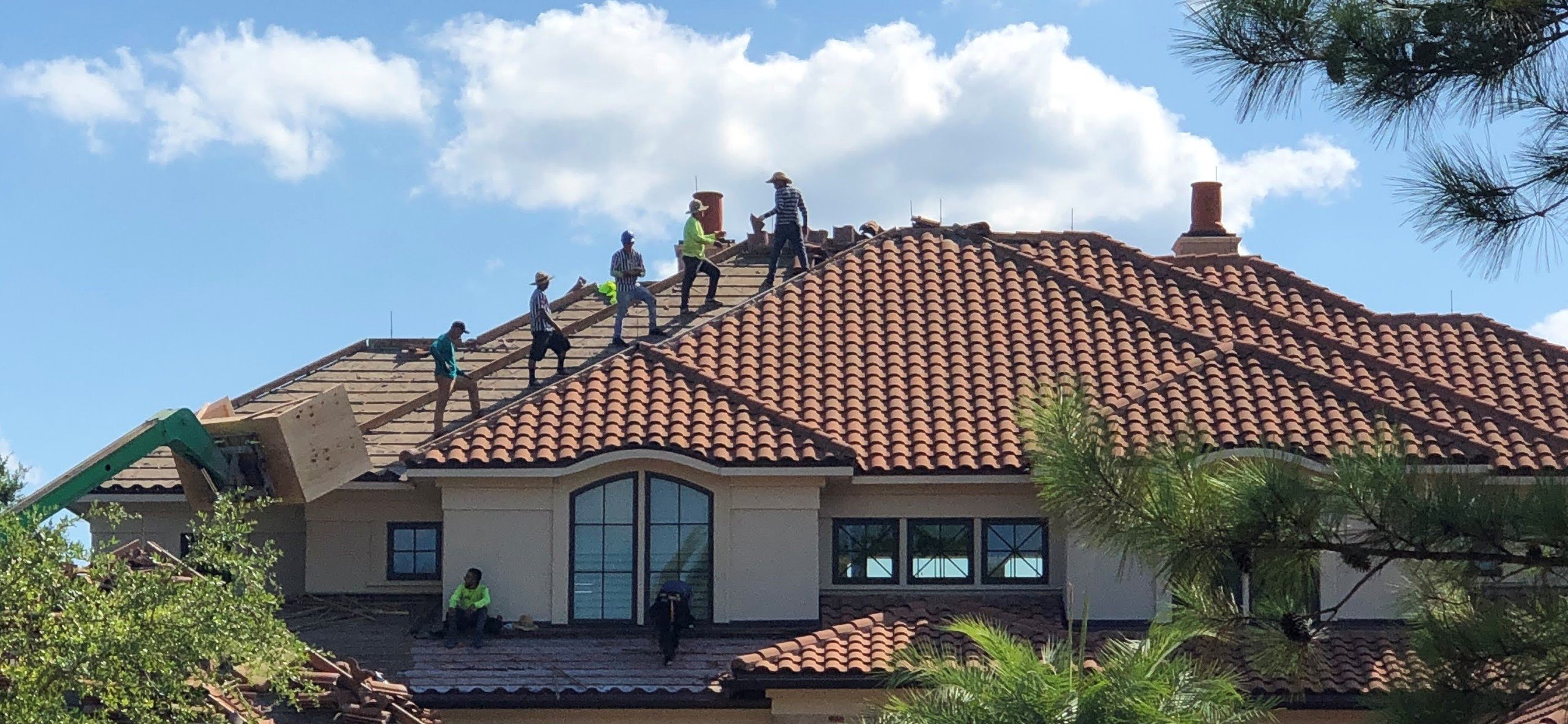Necessary Inquiries to Ask Gainesville Roofing Companies Prior To Employing
Necessary Inquiries to Ask Gainesville Roofing Companies Prior To Employing
Blog Article
Ideal Practices for Ensuring Proper Roof Ventilation
Guaranteeing appropriate roof covering ventilation is crucial for the longevity and efficiency of a roof covering system. A well balanced intake and exhaust air vent proportion, frequently 1:300, plays a critical function, with consumption vents preferably placed at the reduced side of the roofing system for amazing air entrance and exhaust vents at the height for cozy air exit. Routine examinations to recognize obstructions and keep clear air movement are extremely important. In addition, maintaining insulation away from vents is critical to avoid air movement limitation. Comprehending these fundamental elements establishes the phase for more comprehensive understandings into setup and upkeep practices that can considerably boost your roof's performance.
Understand Air Flow Basics
Effectively comprehending ventilation fundamentals is vital for guaranteeing the long life and efficiency of roof. Reliable air flow minimizes moisture build-up and temperature level extremes in the attic room, both of which can result in substantial architectural damages gradually. A well-ventilated roof covering helps in avoiding typical concerns such as mold growth, timber rot, and ice dams, which can jeopardize the integrity of the roof covering materials and the underlying frameworks.
The key objective of air flow is to assist in the activity of air, permitting a regular exchange in between the outdoor and interior settings. This equilibrium is attained through a mix of intake and exhaust vents that interact to keep ideal air flow. Intake vents, usually located along the eaves or soffits, allow fresh air to go into the attic space, while exhaust vents, frequently situated at or near the roof ridge, allow hot, moist air to leave.
Secret variables influencing the effectiveness of roof covering ventilation include proper placement, appropriate sizing, and making sure that both consumption and exhaust vents are unobstructed. Normal examination and upkeep are important to determine possible obstructions, damage, or ineffectiveness in the air flow system, thereby protecting the roof's performance and durability.
Types of Roof Covering Vents
Roof vents play an essential role in keeping reliable attic air flow and, by expansion, the overall wellness of the roof. Various kinds of roofing system vents are readily available, each with one-of-a-kind benefits customized to details roofing demands. Ridge vents, for instance, are mounted along the roofing system's height, permitting cozy, humid air to leave from the attic room. They use continual ventilation and mix seamlessly with the roofline, making them both efficient and visually pleasing.

Soffit vents are mounted under the eaves and job in tandem with roof vents to make sure a balanced consumption and exhaust system. By permitting cooler air to enter from below, soffit vents help Check Out Your URL with the expulsion of warm air through top vents. Gable vents, located on the exterior wall surfaces of the attic, offer an additional efficient service, specifically in homes with gable roof coverings.
Assess Your Existing Air Flow

Next, take into consideration the age and problem of your roof covering products and air flow parts. Older systems might not conform with existing building ordinance or might have deteriorated over time, lowering their effectiveness. Conduct an extensive exam to determine any signs of damage, such as corrosion, damages, or voids that could compromise the system's performance.
Furthermore, gauge the attic temperature level and look at here moisture degrees. High temperature levels and moisture can indicate insufficient air flow.
Setup Best Practices
Reliable setup of roofing ventilation systems is vital for guaranteeing ideal efficiency and long life. Proper installation starts with comprehending the certain air flow needs of the structure and the roofing it covers. This includes calculating the right ratio of consumption to tire vents, generally sticking to the 1:300 rule, which states one square foot of air flow for every single 300 square feet of attic flooring room.

Intake vents need to be mounted at the roofing's reduced side, frequently in the soffits, to enable amazing air to go into. Exhaust vents, on the other hand, need to be set up near or at the roof covering's peak to promote the departure of cozy, moist air.
Seal all vent connections diligently to avoid air leakages and potential water seepage. Use high-grade materials and follow maker standards to ensure durability and effectiveness. In addition, integrating ridge vents with baffles can considerably boost airflow performance by protecting against wind-driven rainfall and snow from going into the attic.
Eventually, specific setup of roof covering ventilation systems alleviates possible concerns such as mold and mildew growth, ice dams, and architectural damage, making sure the roofing system's integrity and the building's general health.
Routine Maintenance Tips
Consistency in maintenance techniques is fundamental to making sure the long-term efficiency of roofing air flow systems. Throughout these evaluations, ensure that vents are totally free of particles, nests, and other obstructions that can hamper airflow.
Use a soft brush the original source or a vacuum to remove dust and debris from consumption and exhaust vents. Be careful not to damage the air vent displays or louvers throughout the procedure.
Correct insulation is equally vital. Guarantee that attic insulation does not obstruct the vents, as this can significantly restrict air movement. Rearrange or change it to maintain an effective barrier. if any type of insulation has actually changed or worked out.
Finally, change any damaged or missing parts without delay. Damaged vents, fractured tiles, or deteriorated blinking can all contribute to poor ventilation and must be attended to immediately. Normal upkeep makes sure that the roofing ventilation system works optimally, thereby extending the life-span of the roof covering itself.
Conclusion
Making certain appropriate roofing air flow is extremely important for keeping the performance and sturdiness of a roofing system. Adherence to the 1:300 intake and exhaust air vent ratio, paired with the calculated placement of vents, is important.
A well balanced intake and exhaust air vent ratio, generally 1:300, plays a critical duty, with intake vents ideally put at the reduced side of the roof covering for trendy air entrance and exhaust vents at the optimal for warm air exit. Consumption vents, usually situated along the eaves or soffits, enable fresh air to go into the attic room room, while exhaust vents, frequently situated at or near the roofing system ridge, allow warm, damp air to get away.
Soffit vents are mounted under the eaves and work in tandem with roof covering vents to ensure a balanced intake and exhaust system. By permitting cooler air to go into from below, soffit vents assist in the expulsion of warm air via upper vents. Adherence to the 1:300 intake and exhaust vent ratio, coupled with the tactical placement of vents, is necessary.
Report this page